Build a Strong, Lean Body in the Pool with These Simple Tips
A full-body workout that delivers major muscle tone, burns calories, and increases metabolism—with none of the impact on joints? Yes, please!

Swimming can, without a doubt, shape your body and help you to lose weight. Studies show that recreational swimmers generally have less body fat and trimmer waistlines than non-swimmers. And because swimming is low-impact (non-impact, really), it’s the perfect choice for an everyday muscle-toning, fat-burning (to the tune of 500 calories per hour) activity. The same can’t be said for running —ouch—especially if you’re carrying some unwanted pounds.
It’s true, there are other workouts that top swimming on the “calories-burned-per-hour” scale. But are you really going to stick with a program of jumping rope and “stair sprints” for hours each week—for the rest of your life? No.
But, before we dive into the nuances of swimming your way to weight-loss, let’s agree on the objective. I use the term “weight-loss” because it’s familiar and easy to understand (you know what I mean). But “weight-loss,” in itself, shouldn’t be the goal; what we’re really after is a healthy body composition (the proportion of fat and fat-free mass in your body).
Nutritionist and author of 80/20 Triathlon, Matt Fitzgerald explains: “When people speak of losing weight, they really mean losing fat. This distinction is important because it is possible to lose weight without losing fat, or without losing as much fat as you think. This happens when muscle mass, body water, and sometimes even bone mass are lost instead of fat.
“In order to ensure that most or all of the weight you lose is fat, it's important that you avoid cutting calories too severely and that you engage in forms of exercise that challenge both the muscles and the cardiovascular system. Swimming is a great choice. Because it's done against resistance (water), swimming challenges the muscles and thereby preserves (and sometimes increases) muscle mass. At the same time, swimming raises the heart rate and burns a lot of calories, facilitating fat-loss.”
Now that we’ve got the goalposts in place (fat-loss) let’s talk about the best way to get results in the pool. Spoiler Alert: It takes less time than you might think!
Go Harder
Once you’ve nailed the basics of swim technique and developed the fitness to swim comfortably for 30 minutes (and you’re doing it a few days a week), it’s time to step up the intensity of your workouts. There is now gobs of research that proves both fitness and fat-loss can get a lift from all-out (or close to it) efforts, called intervals.
Enter HIIT, or High Intensity Interval Training. HIIT workouts are made up of short periods of intense effort, followed by a recovery period. This on-again/off-again pattern is usually repeated multiple times during a swim session (called a “set”). HIIT not only increases metabolism, but may also depress appetite for a period after the exercise. If you seem to be stuck in a rut, and your fat-loss has plateaued, it’s probably time to mix it up by adding more intensity to your training.
“The pool is like a gym of its own, there’s no limit to the types of workouts you can do” says Jim Vance, a San Diego-based coach to elite athletes. Vance recommends to start by establishing a duration (how long your workout will last) and breaking it down from there. A 30-minute swim might include a warm-up, a series of 30-second intervals, and a cool-down, for example. Still too easy? “Add resistance by using swim paddles or increase drag by wearing a different suit,” says Vance.
Alternatively, and if you’re not familiar with a swim clock, you might base your workout on distance, breaking it up by pool lengths or laps.
Fitzgerald agrees that fat-loss requires a specific approach. “If your main goal in swimming is to lose fat, you need to train somewhat differently than if your goal is to compete in races,” he says. “Competitive swimmers do very large amounts of swimming at low intensity. But for fat-loss, a lower-volume, higher-intensity program works best.”
Fitzgerald offers the following as an example workout that’s good for fat-loss.
Example Interval/HIIT Workout for Beginner Swimmers
Warm-up: 4 x 50 yards slow with 10 seconds rest after each 50
Main set: 6 x 50 yards fast with 20 seconds rest after each 50
Cool-down: 4 x 50 yards slow with 10 seconds rest after each 50
Timing Isn’t Everything (But It’s Something)
Sorry, there’s no “hacking” your way to long-term fitness and lasting fat-loss results. But, in addition to healthy eating and creating a habit of exercise, the timing of your workouts can play a surprising role in your results.
You already understand that, after building a base of fitness, a percentage of your time in the pool should be spent doing high-intensity, HIIT-type workouts. What you may not know (most people don’t), is that when you swim can also make a difference.
Belgian researchers demonstrated that exercising in the morning, before breakfast, controlled weight gain more effectively than exercising in the morning, after eating breakfast. Author of the study, Peter Hespel, summarized his findings for The New York Times:
"The optimal strategy to prevent increases in body weight is obviously to combine a healthy, well-balanced diet with a physically active lifestyle. We demonstrated that early-morning exercise in the fasted state is more potent than an identical amount of exercise in the fed state."
What Hespel means is that exercising on an empty stomach, after a mini-fast (since dinner the night before) will yield greater results than exercising after eating.
There you have it: intensity and timing are two keys to fat-loss. Number three? Keep it fun. As we all know, the best exercise for fat-loss is the one you’ll stick with. Swimming can be meditative “me” time, or you can make it social by joining a swimming program or Masters Swimming club—most community pools have them. Of course, as with any exercise program, you should consult a physician before getting started, seek out a professional swim coach for specific and personalized training advice, and listen to your body.
—Kurt Hoy
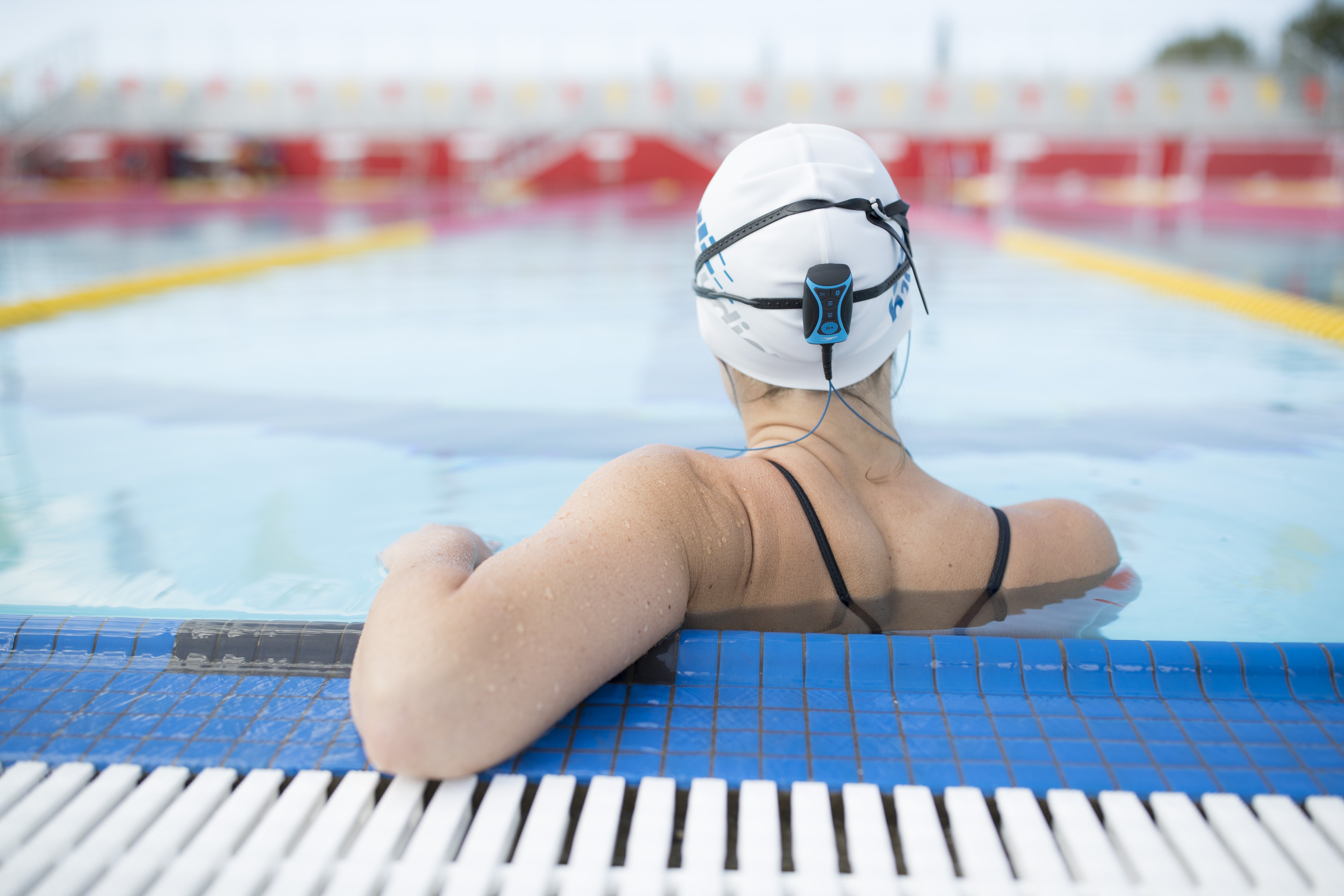
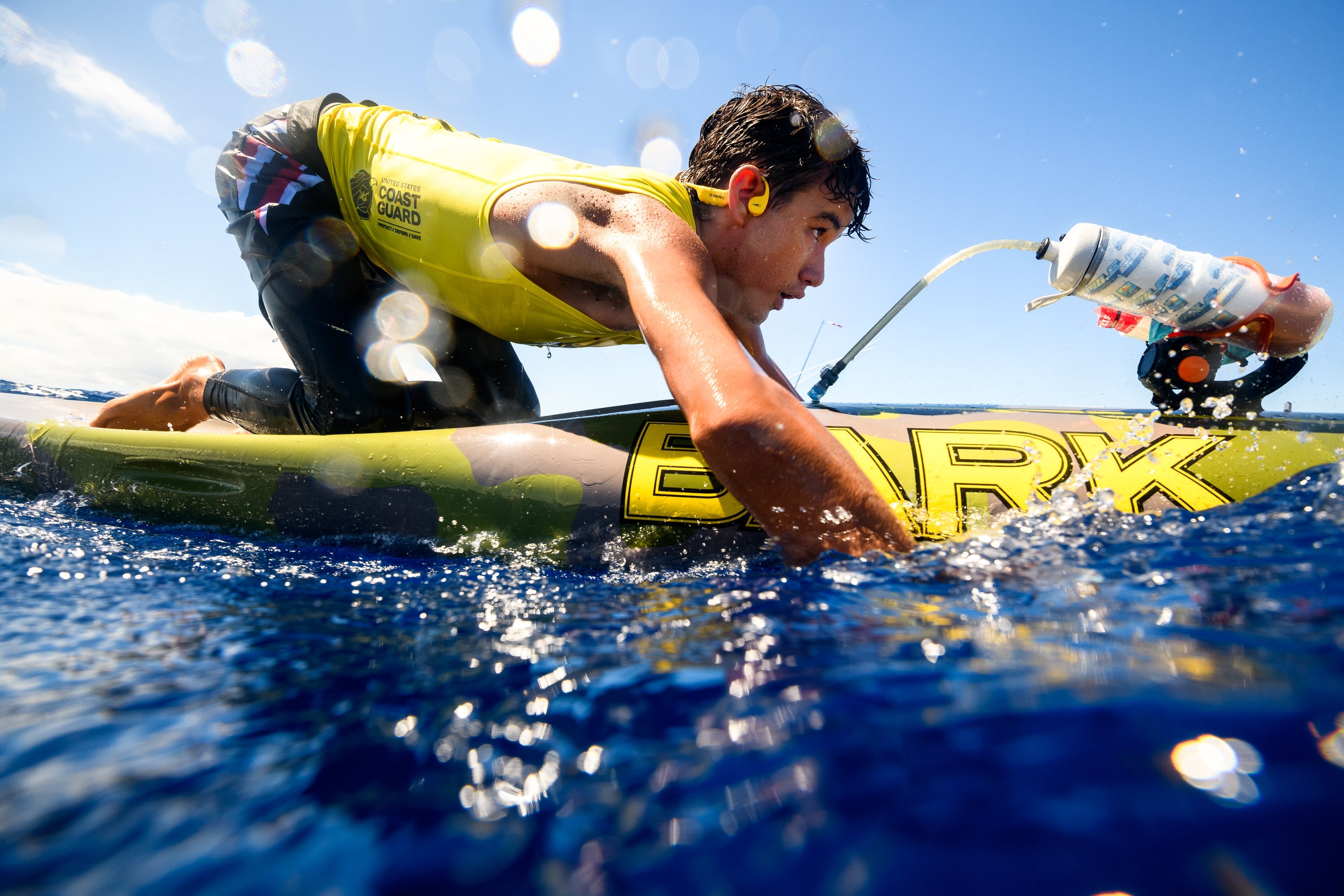
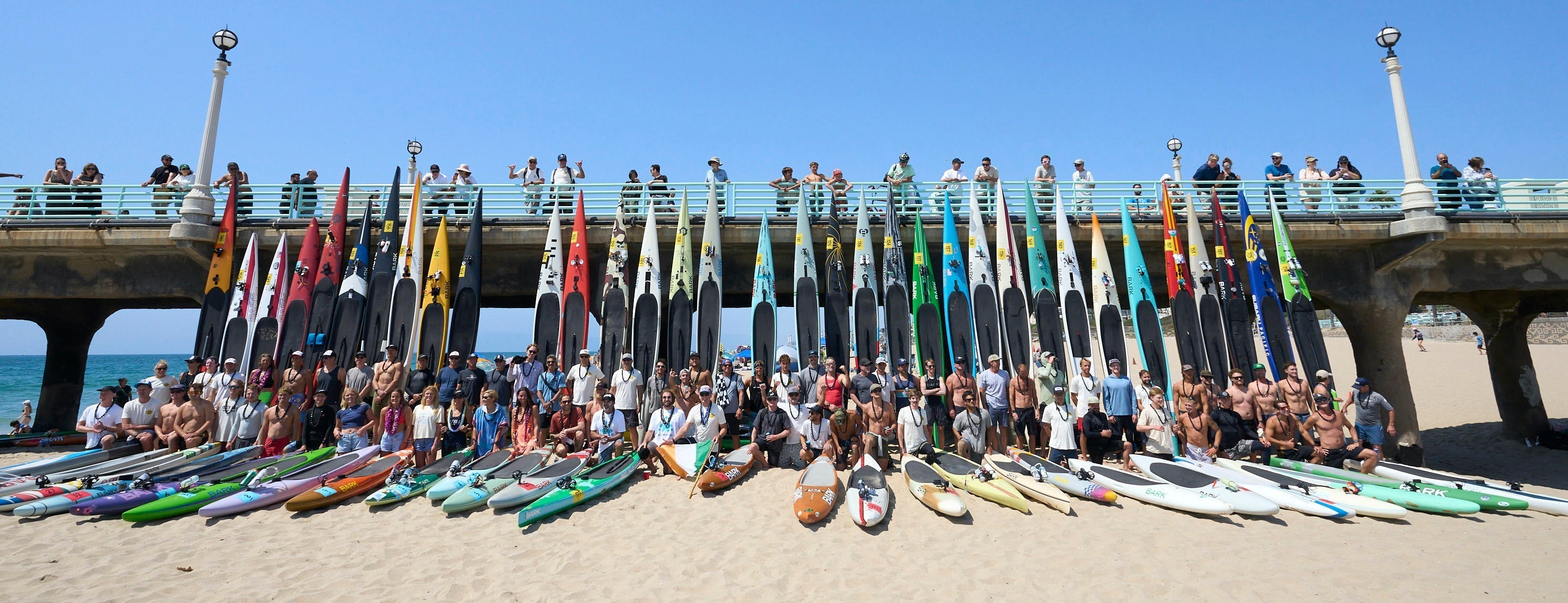
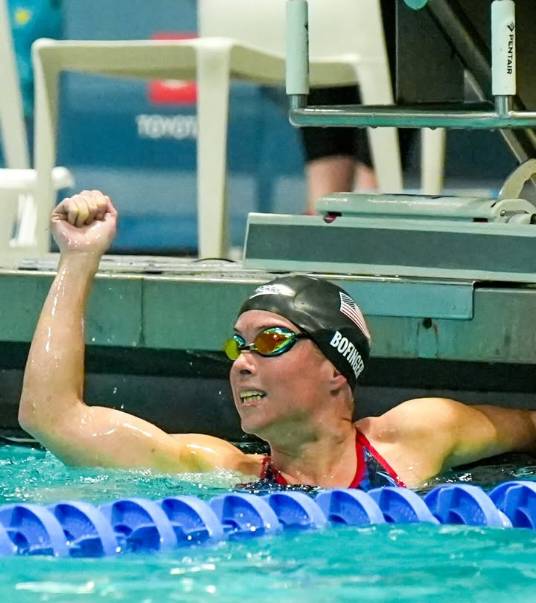
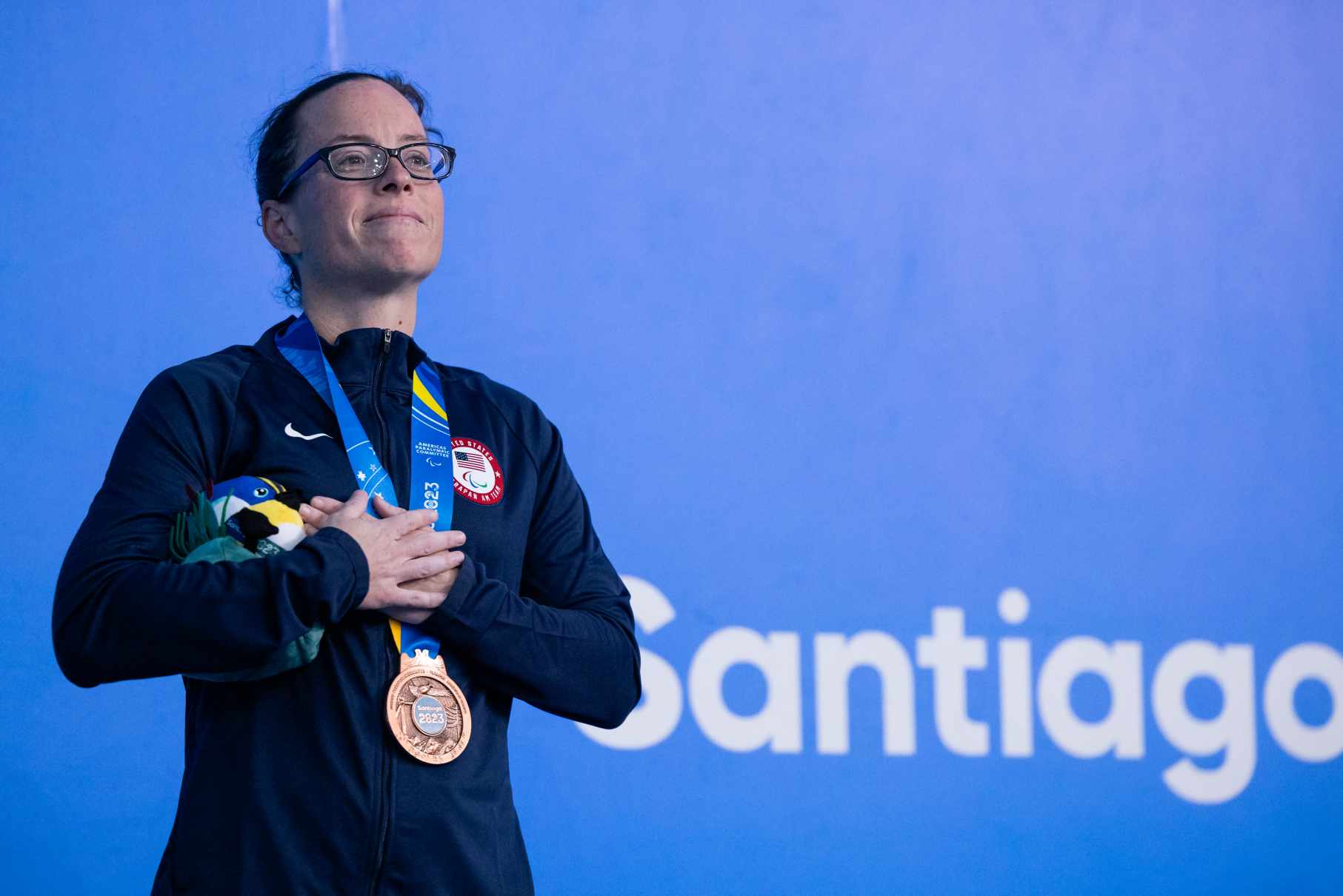
Share:
H2O Audio Announces AMPHIBX Waterproof Armband for iPhone XS, iPhone XS Max, iPhone XR
Tech Hack: How to Connect Two FLOAT Bluetooth Speakers